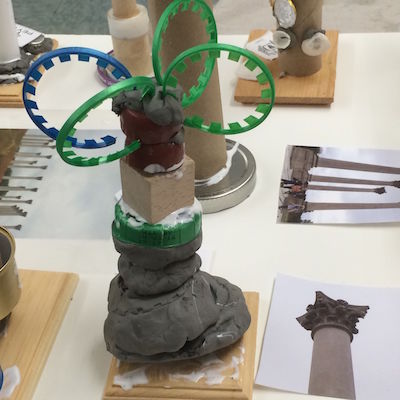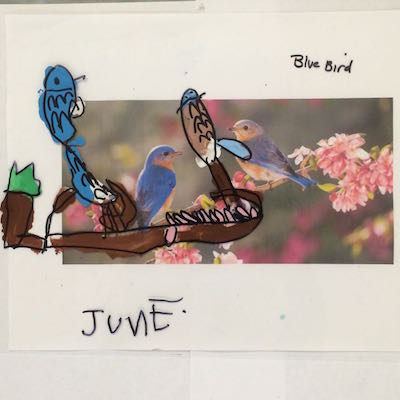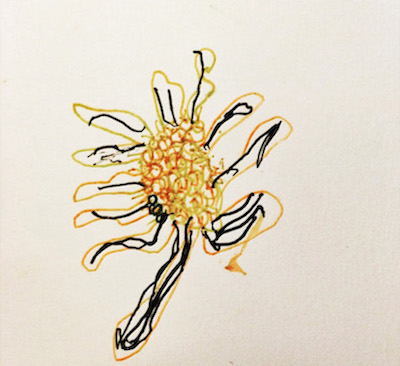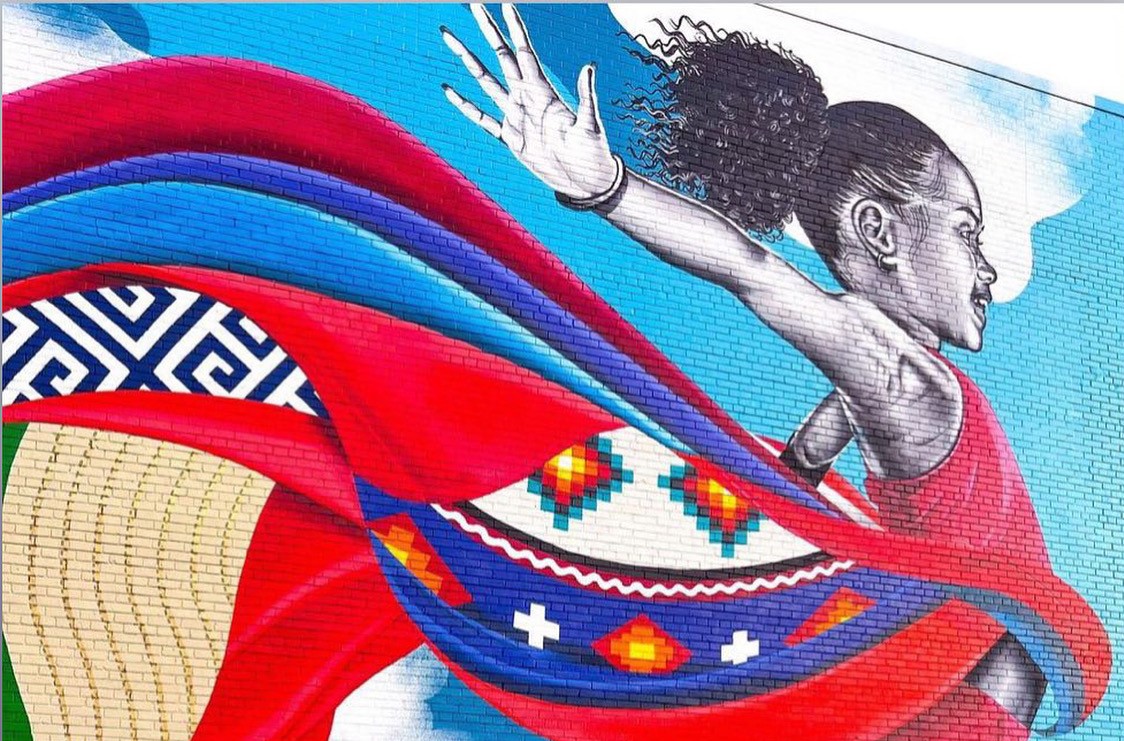The Fundamental Principles of the Reggio Emilio Approach
 The following are the fundamental principles of the Reggio Emilia Approach as identified by Louise Boyd Cadwell in the Caldwell Collaborative book, Bringing Reggio Emilia Home.
The following are the fundamental principles of the Reggio Emilia Approach as identified by Louise Boyd Cadwell in the Caldwell Collaborative book, Bringing Reggio Emilia Home.
The child as protagonist.
Children are strong, rich, and capable. All children have preparedness, potential, curiosity, and interest in constructing their learning negotiating with everything their environment brings to them. Children, teachers, and parents are considered the three central protagonists in the educational process.
The child as collaborator.
Education has to focus on each child in relation to the children, the family, the teachers, and the community rather on each child in isolation. There is an emphasis on work in small groups. This practice is based on the social constructivist model that supports the idea that we form ourselves through our interaction with peers, adults, things in the world, and symbols.
The environment as third teacher.
The design and use of space encourage encounters, communication, and relationships. There is an underlying order and beauty in the design and organization of all space in a school and the equipment and materials we use.
The teacher as partner, nurturer and guide.
Teachers facilitate children’s exploration of themes, work on short and long-term projects, and guide experiences of joint, opened-ended discovery and problem solving. To know how to plan and proceed with their work, teachers listen and observe children closely. Teachers ask questions; discover children’s ideas, hypotheses, and theories; and provide occasions for discovery and learning.ithin it. Every corner and space has an identity and a purpose, is rich in potential to engage and to communicate, and is valued and cared for by children and adults.
 The child as communicator.
The child as communicator.
This approach fosters children’s intellectual development through the systematic focus on symbolic representation, including words, movement, drawing, painting, building, sculpture, shadow play, collage, dramatic play, and music which leads children to surprising levels of communication, symbolic skills, and creativity. Children have the right to use many materials in order to discover and communicate what they know, understand, wonder about, question, feel, and imagine. In this way, they make their thinking visible through their many natural” languages”. A studio art teacher, (the Atelierista) trained in the visual arts, works closely with children and teachers in each school to enable children to explore many materials and to use a great number of languages to make their thinking visible.
The teachers as researcher.
Teachers work collaboratively and maintain strong collegial relationships as, they engage in continuous discussion and interpretation of their work and the work of the children. These exchanges provide ongoing training and theoretical enrichment. Teachers see themselves as researchers preparing documentation of their work with children whom they also consider researchers.
The documentation as communication.
Careful consideration and attention are given to the presentation of the thinking of the children and the adults who work with them. Teachers’ commentary on the purposes of the study and the children’s learning process, transcriptions of children’s verbal language (i.e., words and dialogue), photographs of their activity, and representations of their thinking in many media are composed in carefully designed panels or books to present the process of learning in the schools. The documentation serves many purposes. It makes parents aware of their children’s experience. It allows teachers to better understand children, to evaluate their own work, and to exchange ideas with other educators. Documentation also shows children that their work is valued. Finally, it creates an archive that traces the history of the school and the pleasure in the process of learning experienced by many children and their teachers.
 The parent as partner.
The parent as partner.
Parent participation is considered essential and takes many forms. Parents play an active role in their children’s learning experience and help ensure the welfare of all the children in the school. The ideas and skills that the parents bring to the school and, even more important, the exchange of ideas between parents and teachers, favor the development of a new way of educating, which helps teachers to view the participation of families not as a threat but as an intrinsic element of collegiality and as the integration of different wisdoms (Cadwell, 1997, pp. 5-6).
The Reggio schools have become a point of reference for early childhood educators across this country and around the world. They have interpreted an understanding of high quality care and education for young children in a powerful way that has inspired us at School Within School to establish a school adapting the Reggio Emilia approach to our own culture within a public school setting.

